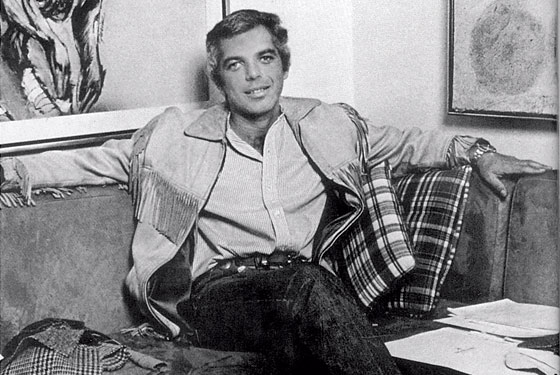On the defensive, Paris designed its own rescue, creating a spectacular exhibit of hundreds of dolls, standing 27.5 inches high and dressed by the city’s top couturiers. The Theatre de la Mode dolls traveled the world to rave reviews, reminding audiences of the marvel of French artistry. Giving notice that Paris was back, French designer Christian Dior sparked the first rage in post-war design with his New Look of cinched waists and voluminous skirts.
But where once American manufacturers had copied French design for the mass market, now they had more freedom to design. Their location became an advantage: They were attuned to economic, cultural and generational shifts occurring throughout America. GIs had returned to attend college, build homes and grow businesses. Women empowered by wartime employment were outfitting themselves and their children for a new suburban lifestyle that included PTA meetings and Sunday picnic outings in the family Buick.
The trend was a relaxation of the old dress code, a celebration of the good life. “After the war, there was a real explosion of casual culture,” says Gabriel Goldstein, curator of a Yeshiva University Museum exhibit called “A Perfect Fit: The Garment Industry and American Jewry 1860-1960.” Dior’s New Look “may have impacted what ladies wore to lunch,” he adds, but “leisurewear, California clothes, kids clothes—Paris couldn’t do that. They had to take that from America.”
Enter a new generation of American fashion powerhouses ready to create designs for the new era. Jews were prominent and prescient alongside fellow designers such as Bill Blass and Geoffrey Beene, and later Perry Ellis and Tommy Hilfiger.
Anne Klein was one of the early visionaries. In 1948, at the age of 25, the New York-born Hannah Golofski launched Junior Sophisticates, creating a new category of clothing in a field that was until then defined as men’s, women’s and children’s. Gearing her designs to younger, slimmer girls, she provided a sportier look. In 1968 she introduced her own line, pioneering mix-and-match separates as well as clothes for petite women like herself, yet again creating new category of sales.
Around the same time, Ralph Lauren had launched his first Polo store (it only sold ties) and Calvin Klein sold his first line of coats and sleeveless dresses to Bonwit Teller. The Bronx-born Calvin Klein took mundane items like jeans and underwear and turned them into objects of sexual fashion, becoming famous for the 1980 ad in which 15-year-old actress Brooke Shields posed in blue jeans and asked, “You want to know what comes between me and my Calvins? Nothing.”
For 30 years Klein rode atop the fashion world. Shocking the tabloids with a personal life that rocketed between women and men, between drugs and sobriety, he turned his personal biography into an international brand. By the time he sold his company to Phillips-Van Heusen in 2003, he had lent his name to everything from belts to perfumes to jackets, and its cachet is still earning millions. But by then he was out of money and drive. “In order to survive in fashion industry, you have to be so on top of the zeitgeist,” says Christina Binkley, a style columnist who covers the fashion industry for The Wall Street Journal. “It’s almost a sickness, you can’t ever stop thinking about it.”
Five years after Klein hit the scene, Diane von Furstenberg—child of a Holocaust survivor and one-time wife of a prince—took center stage. Born two years after her mother’s liberation from a Nazi concentration camp, Diane Simone Michelle Halfin early on adopted her mother’s optimism. During the frigid winters, Lily Nahmias had been forced to march for days in the snow. So, in true survivor spirit, after the war Lily took her entire reparation check from the German government and blew it on a new sable coat. “She had been so cold in the camps and she never wanted to be cold again!” says von Furstenberg.


full informative and nice article Today, Lauren is ubiquitous in fashion, head of a powerful global empire that designs all of its products—from sportswear to fragrances to home furnishings and even paint—with an aura of casual American comfort and upper-crust British class
thanks ……….
I enjoyed learning about Ralph Lipshitz Lauren was raised by his Kewish family and became interested in fashion.